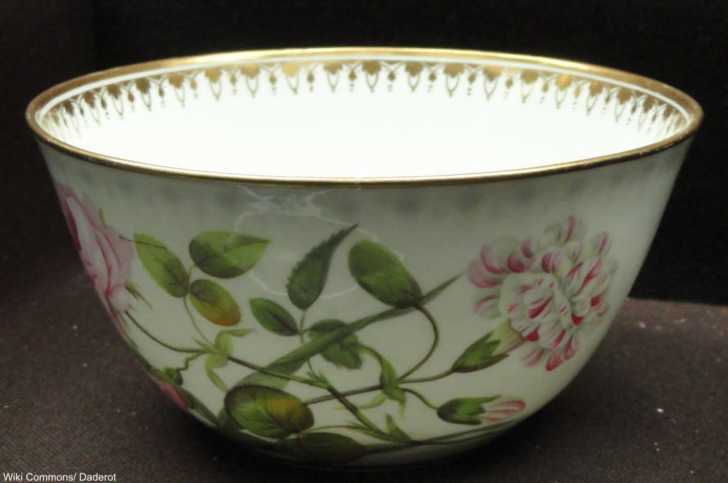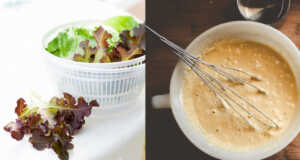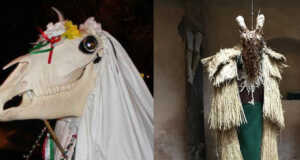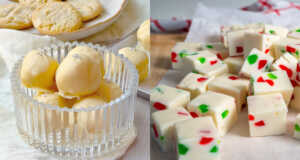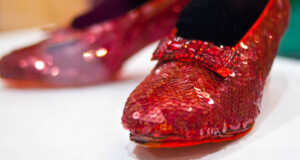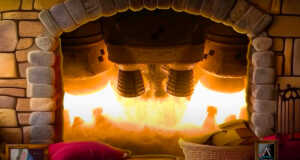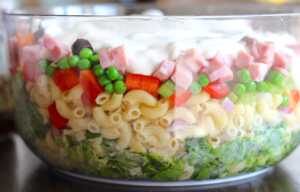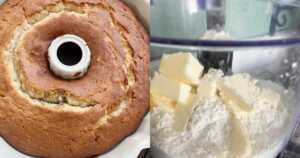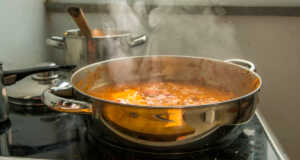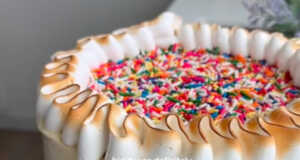When buying ceramic vases, pottery, or tableware, it can be tempting to call all of it “china” and move on. But, each of the these materials is different in subtle ways which affects the price, style, and durability of the items made from them. Here is a simple guide to identifying the different types of pottery you might come across.
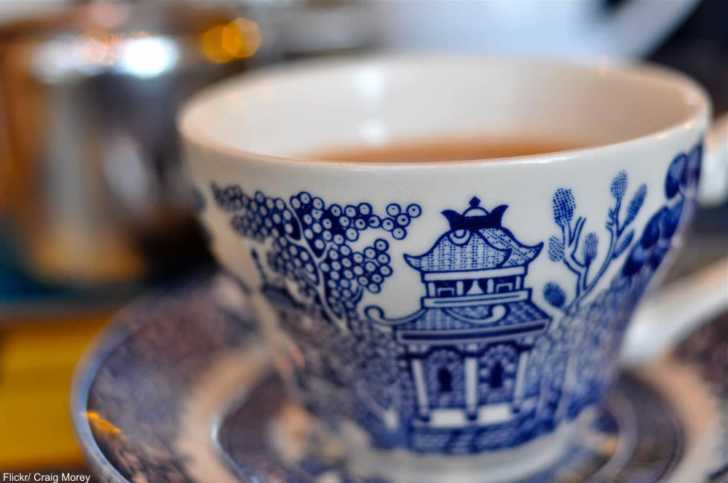
Pottery Versus Ceramics
Ceramic pieces are generally considered the higher end goods made of clay, artful expressions of beauty. Pottery, on the other hand, implies a more utilitarian look and feel for everyday objects. Both terms are generally used to mean a variety of items in the genre. Ceramic vases, for instance, are their own category of decor, as are pottery jugs.
In Colonial America many domestically-produced pottery items were extremely humble due to the lack of skilled labor and the fact that many potters held several jobs- nothing like the fine pieces which were imported from Europe at the time.
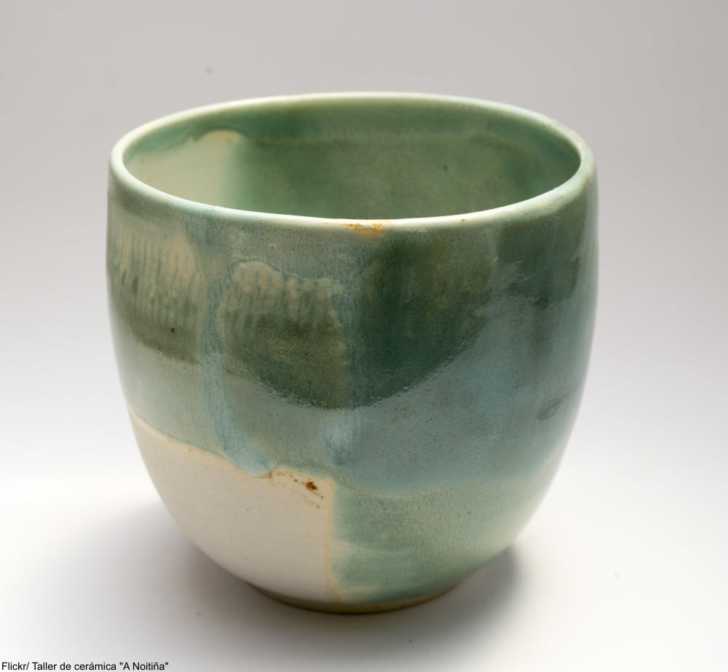
Stoneware
This type of pottery is one of the most common and is so often used because of its hardwearing nature. Much of our ceramic tableware is in fact stoneware. This fine clay, with added silica and feldspar, is fired at very high temperatures and this vitrifies the finished product, making it inherently non-porous and well-suited for heavy daily use.
Early Blue Willow pieces were often made from stoneware, whereas this pattern today is usually made from earthenware. Unglazed stoneware, once seasoned, can withstand cooking at high temperatures with little fuss.
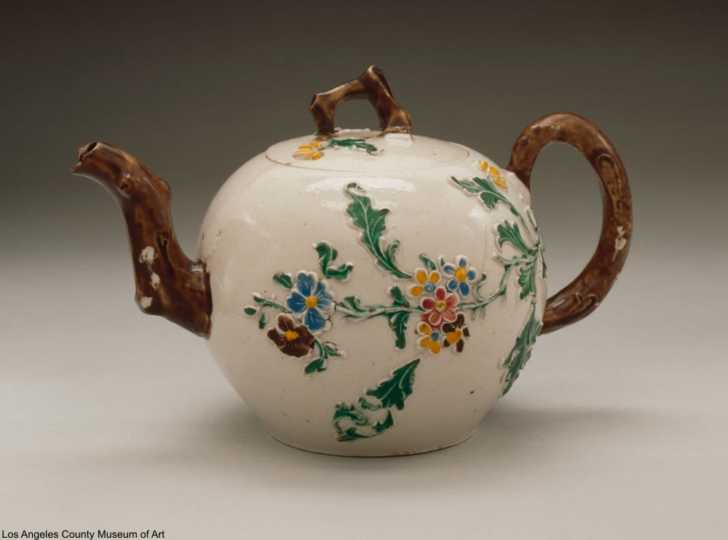
Earthenware
Often made from white clay, this is one of the oldest types of pottery. It is baked at a lower temperature and therefore will not be watertight unless it is glazed. Earthenware is not as durable as other types of pottery, but is less expensive and therefore widely available.
The texture of earthenware can be somewhat coarser than more expensive types of ceramics, but this depends on the method of manufacture and finishing. Earthenware must have 5% porosity at minimum, meaning the piece is at least 95% watertightbefore glaze is applied.
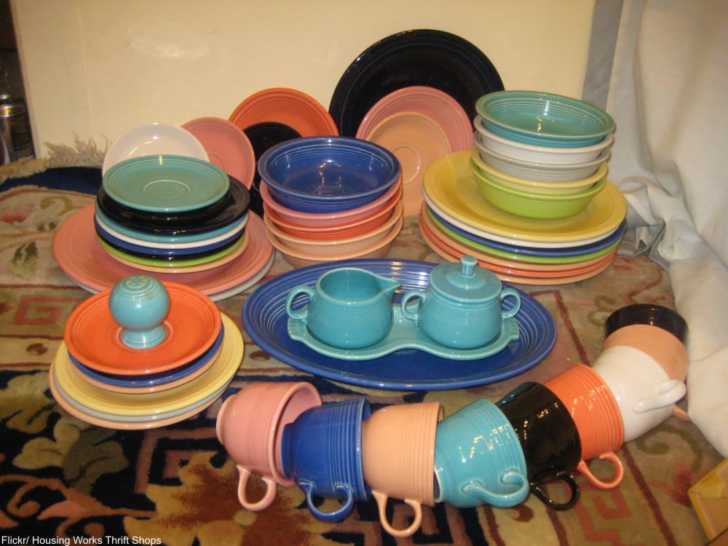
Porcelain
Often made into finer items, porcelain can have many other materials mixed in with the kaolin clay- like silica, feldspar, quartz, glass, bone ash, and/or alabaster. These ingredients help to fortify the clay mixture and when fired produce a strong product which shares some qualities with enamel. Porcelain items are generally very durable, are resistant to thermal shock, and sometimes ever-so-slightly translucent. All types of porcelain are said to ring in a bell-like tone when gently struck, something which cannot be said of other types of china.
True porcelain, developed in China in the Tang Dynasty, is very hard, while soft-paste porcelain is less hard and was discovered much later in Europe. Some soft-paste porcelains require a glaze in order to be made waterproof.
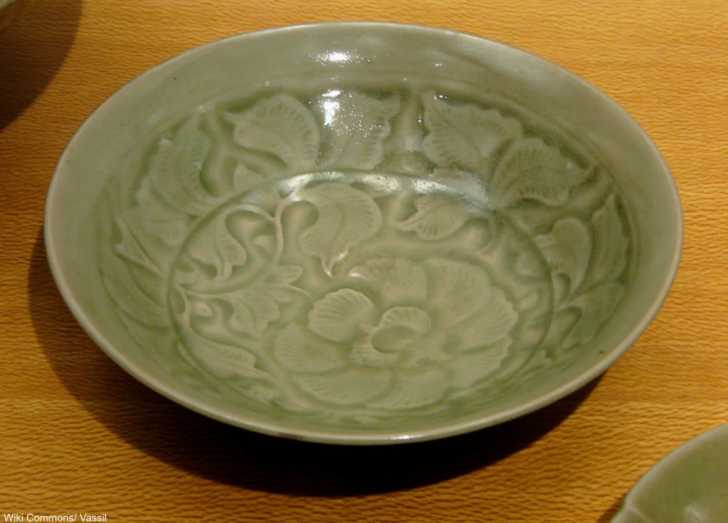
Bone China
Bone china is a type of porcelain, a product that you can see light through because of its thinness, yet which remains incredibly strong overall. Bone china is so named for the addition of animal bone ash to the mixture which adds calcium to the clay which gives bone china its incredibly milky, slightly off-white color. Porcelain tableware is often called fine china, while functional household items, like toilets and door handles, are always referred to as porcelain.
According to Noritake, the renowned maker of porcelain products, there is no minimum amount of bone ash legally required for a product to be called bone china. Therefore, many people end up paying a high price for a comparatively low quality bone china product.
